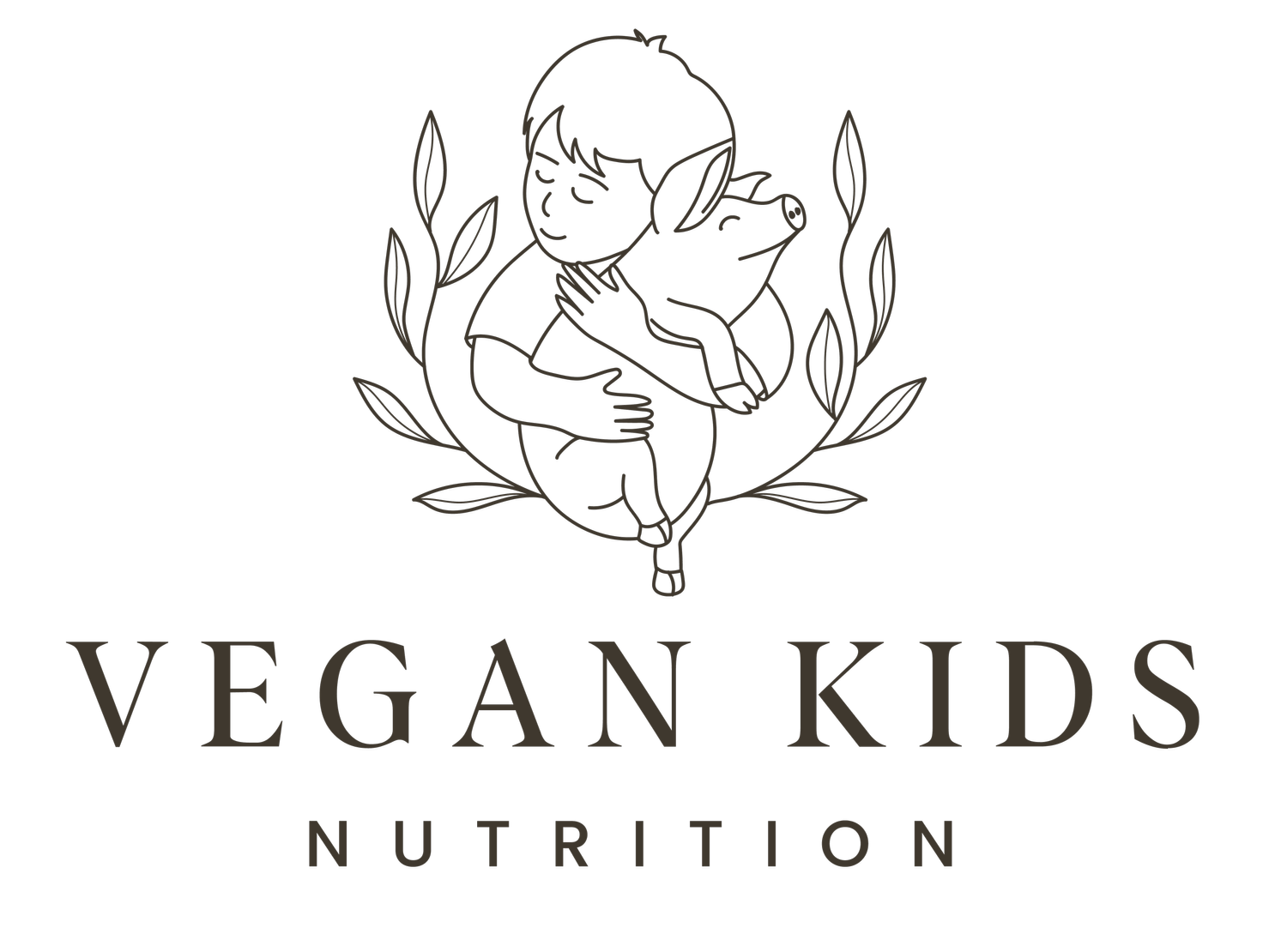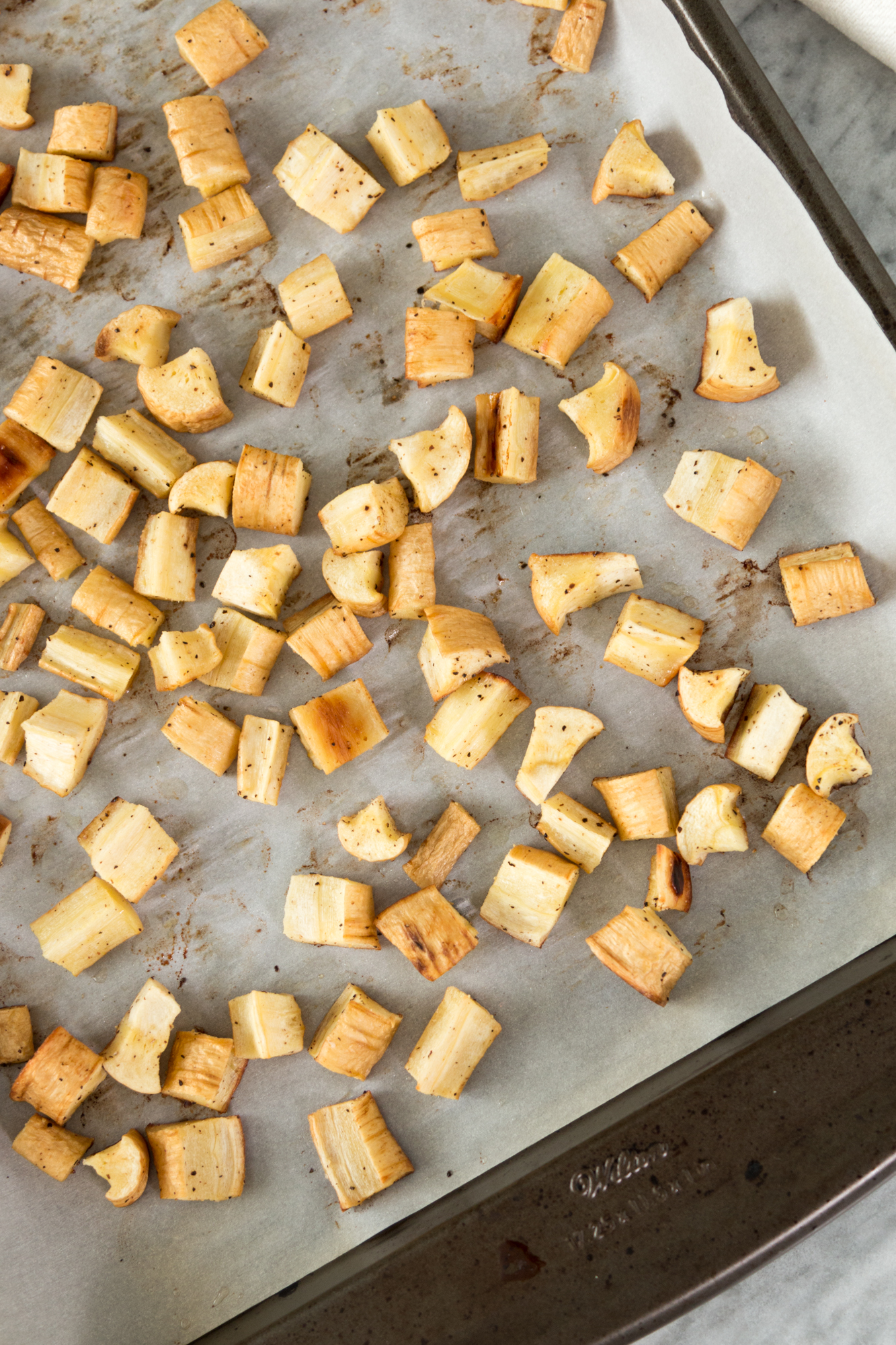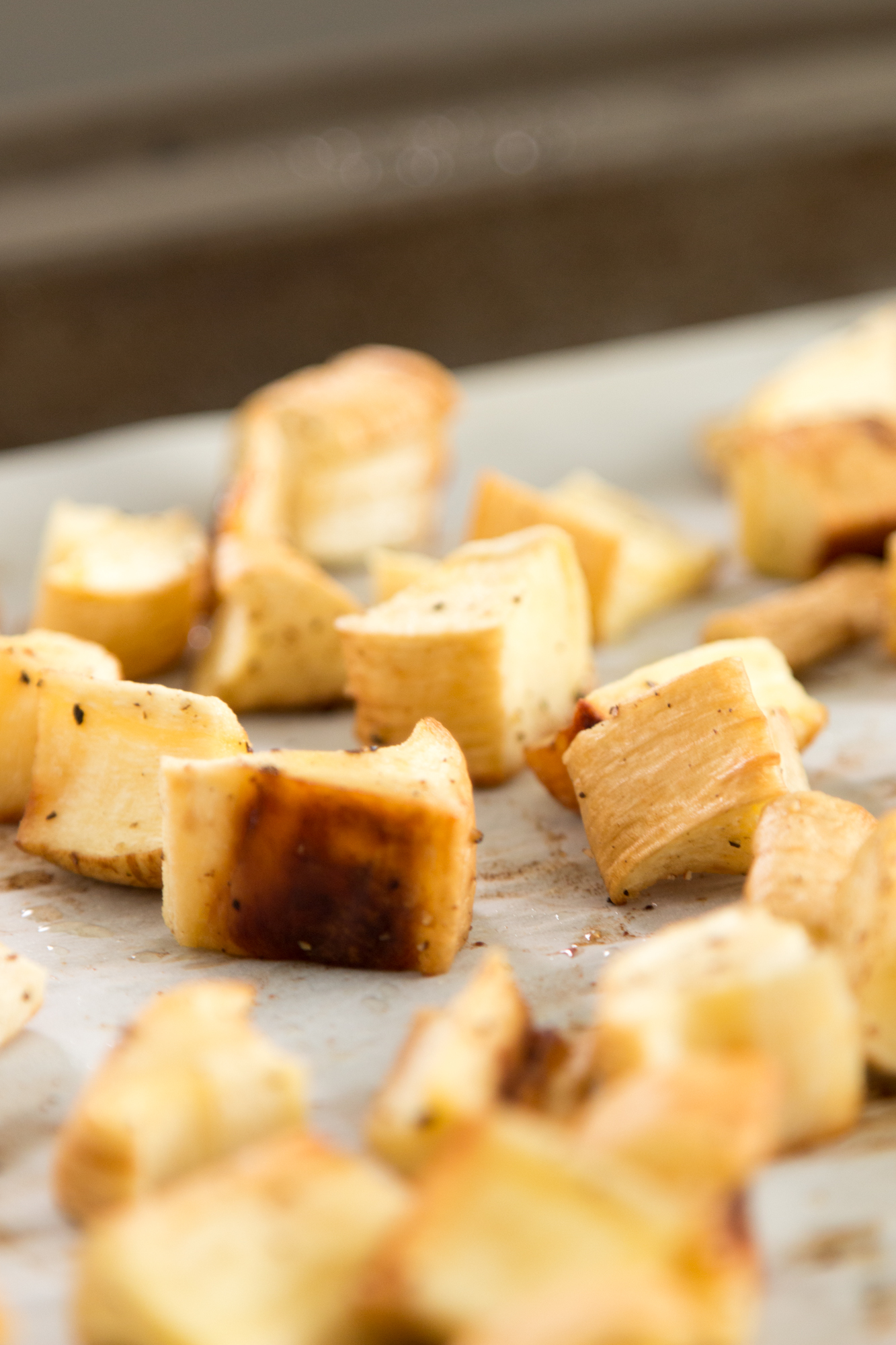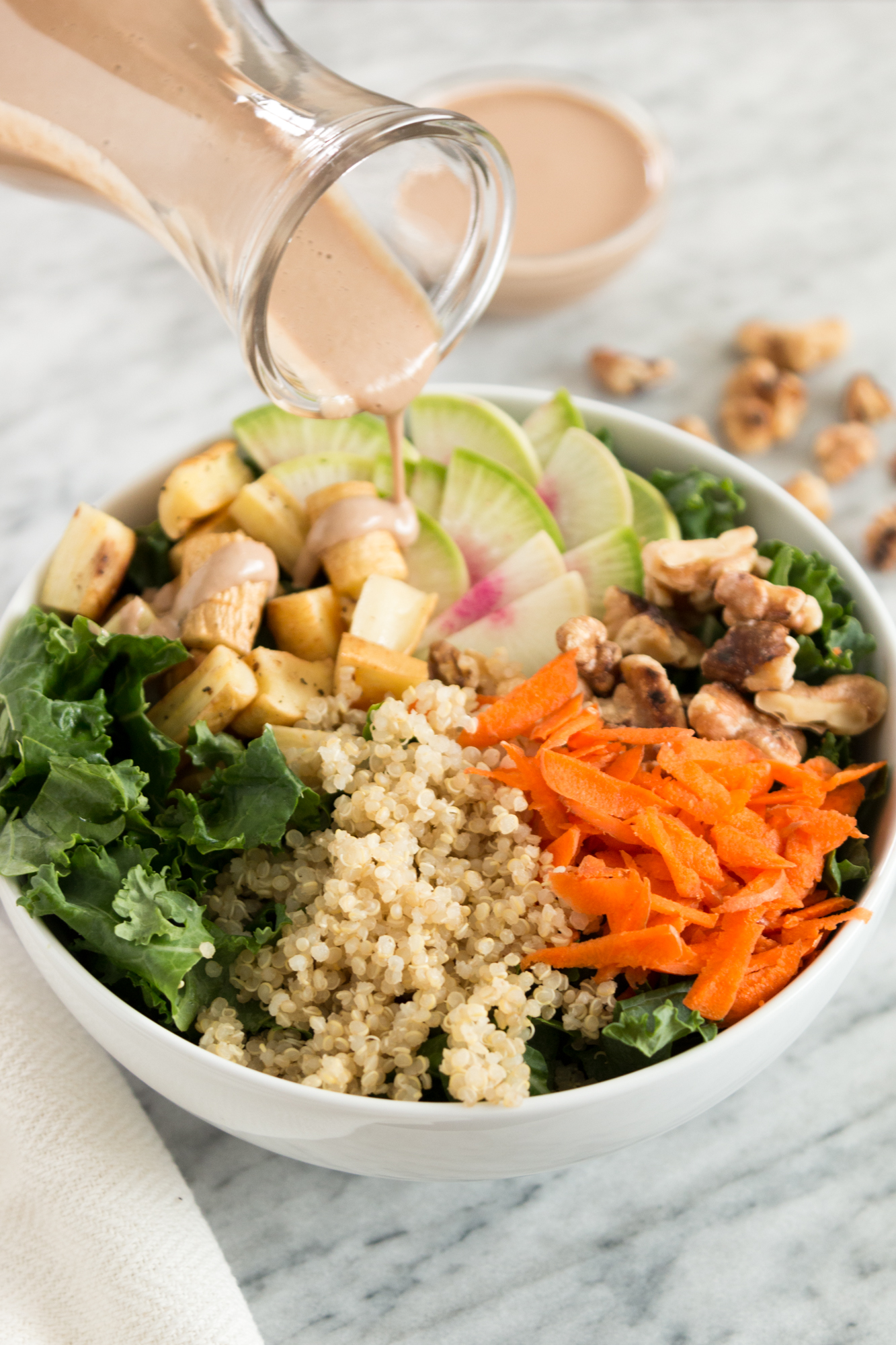Dress up your salad with a delicious vegan dressing filled with "healthy" fats and great flavor
(Oprima aquí para la receta en Español)
March is considered National Nutrition Month® (NNM). It’s an educational campaign created by the Academy of Nutrition and Dietetics that focuses on the importance of making healthy food choices and good physical activity habits. Every year, there is a different theme and this year it’s “Put Your Best Fork Forward”, serving as a reminder for everyone that each bite counts – one forkful at a time.
In light of this year’s theme, I wanted to share with you some helpful plant-based tips that you can make at home to ensure a healthier eating pattern towards a sustainable plant-based lifestyle.
Incorporate more veggies – This may be a given by now but a plant-based lifestyle may consist of more carbohydrates when first transitioning. By focusing on incorporating more of your favorite vegetables into your meals, this helps obtain more nutrients, vitamins, minerals and fiber which are important for a balanced nutrition.
Add legumes and grains – While it’s easy to obtain enough protein on a plant-based diet, focus on adding a variety of legumes and grains to your meals and snacks. Legumes and grains are a great source of plant-protein and having a variety over the course of your day can help meet adequate intake of protein, particularly that of essential amino acids (which are the building blocks of protein). Lysine - one of the nine essential amino acids - is considered the limiting amino acids in vegan diets. Plant foods that provide lysine are: tofu, tempeh, lentils, quinoa, and soy-containing meats-substitutes.
Choose “healthy” fats – Our bodies need fat to help absorb certain nutrients, they play a role in the development of hormones and also act as a cushion to protect our organs. Aim for adding more of the “good” or “healthy” fats in your meal planning, which include both the monounsaturated and polyunsaturated fats. These fats are found in foods such as: avocado, walnuts, peanuts, and pumpkin and sunflower seeds.
Enjoy your meals – A good way to have a good relationship with food is to enjoy your meal or snack. I mean, really enjoy it! Enjoying what you eat is one of life’s pleasures. Savor the flavor and texture, eat slowly, and enjoy the company you are with.
Celebrate National Nutrition Month® everyday by making each bite count, the plant-based way!
Kale Salad with a Creamy Walnut Dressing
Serves: 2 – 3 servings
Total Time: 35 – 45 minutes
Ingredients
Salad
- 3 – 4 cups kale, tightly packed
- ¾ cup quinoa
- 2 tablespoons canola oil
- 2 large parsnips, washed and cubed
- 2 - 3 watermelon radishes, thinly sliced
- 1 cup shredded carrots
- 1 cup walnuts, toasted
Dressing
- ½ cup walnuts
- 2 teaspoons Dijon mustard
- 2 tablespoons balsamic vinegar
- 1 small garlic clove
- Zest of one lemon + 2 teaspoons lemon juice
- 1 ½ teaspoons agave
- ¾ cup water
- Pinch of salt
Directions
Dressing
In a food processor or high-speed blender, add all ingredients for the dressing and blend until smooth and creamy.
Salad + Salad Ingredients
- Preheat the oven to 375°F.
- Cook quinoa according to package directions, about 20-25 minutes.
- In a bowl, place cubed parsnips, canola oil, salt and pepper and mix. Then place in a baking sheet and cook for about 20-25 minutes or until tender.
- In a medium non-stick pan, toast walnuts over medium heat for about 5 – 7 minutes and stir occasionally. Allow to cool before adding to salad.
- Prepare all other vegetables for salad by shredding carrots and slicing watermelon radishes.
- In a bowl, arrange all salad ingredients and pour walnut dressing. Mix well to coat salad.
- Serve and enjoy!
* Leftover walnut dressing can be covered and placed in the refrigerator for up to 3 - 5 days for
later use.













